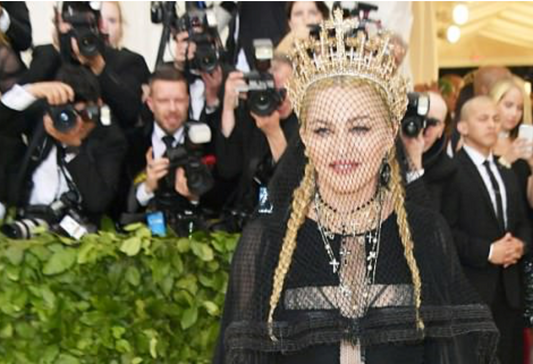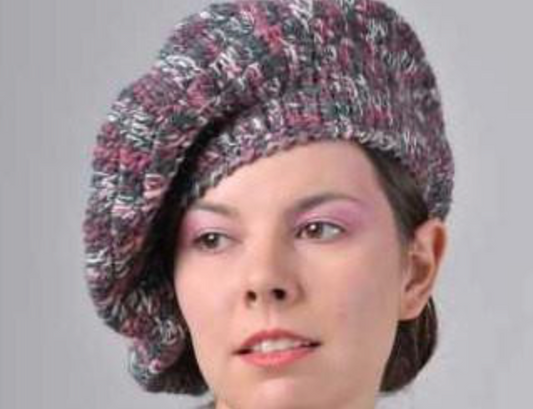talkingfashion
Metallic’s Glimmering Fashion History
Metallic’s Glimmering Fashion History By Paige McKirahan From the eye catching metallic jumpsuits of the ‘70s to the glimmering casings of the latest iPhones, metal motifs have been loved...
Metallic’s Glimmering Fashion History
Metallic’s Glimmering Fashion History By Paige McKirahan From the eye catching metallic jumpsuits of the ‘70s to the glimmering casings of the latest iPhones, metal motifs have been loved...
The Met Museum Presents Jewelry: The Body Trans...
The Met Museum Presents Jewelry: The Body Transformed By Paige McKirahan In the wake of The Metropolitan Museum of Art’s most successful fashion related exhibit since its conception (talking...
The Met Museum Presents Jewelry: The Body Trans...
The Met Museum Presents Jewelry: The Body Transformed By Paige McKirahan In the wake of The Metropolitan Museum of Art’s most successful fashion related exhibit since its conception (talking...
Sustainable Jewelry: Horn and Tusk Accessories
Horn and Tusk Jewelry By Paige McKirahan Though there may be some controversy surrounding the use of animal materials in the fashion industry, this practice has been in place since...
Sustainable Jewelry: Horn and Tusk Accessories
Horn and Tusk Jewelry By Paige McKirahan Though there may be some controversy surrounding the use of animal materials in the fashion industry, this practice has been in place since...
Sustainable Jewelry: Natural Stone Accessories
Sustainable Jewelry: Natural Stone Accessories By Paige McKirahan In the jewelry industry, we have been using gemstones and other types of stones for centuries as a way to add...
Sustainable Jewelry: Natural Stone Accessories
Sustainable Jewelry: Natural Stone Accessories By Paige McKirahan In the jewelry industry, we have been using gemstones and other types of stones for centuries as a way to add...

From Catholicism to Couture: The Fashion Cross
From Catholicism to Couture: The Fashion Cross By Paige McKirahan Fashion is like a religion for some, so it is only customary that it finds inspiration in true religious...
From Catholicism to Couture: The Fashion Cross
From Catholicism to Couture: The Fashion Cross By Paige McKirahan Fashion is like a religion for some, so it is only customary that it finds inspiration in true religious...

Designer Spotlight of the Week: Missoni
Designer Spotlight of the Week: Missoni By Paige McKirahan Considering our discussion of color and patterns in the fashion world this week, it was only appropriate to spotlight one of...
Designer Spotlight of the Week: Missoni
Designer Spotlight of the Week: Missoni By Paige McKirahan Considering our discussion of color and patterns in the fashion world this week, it was only appropriate to spotlight one of...